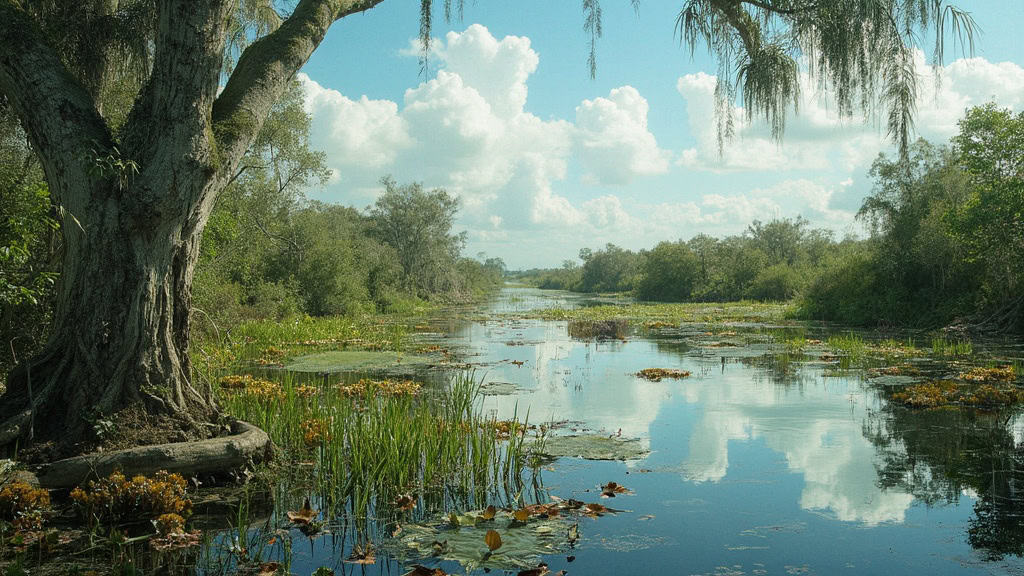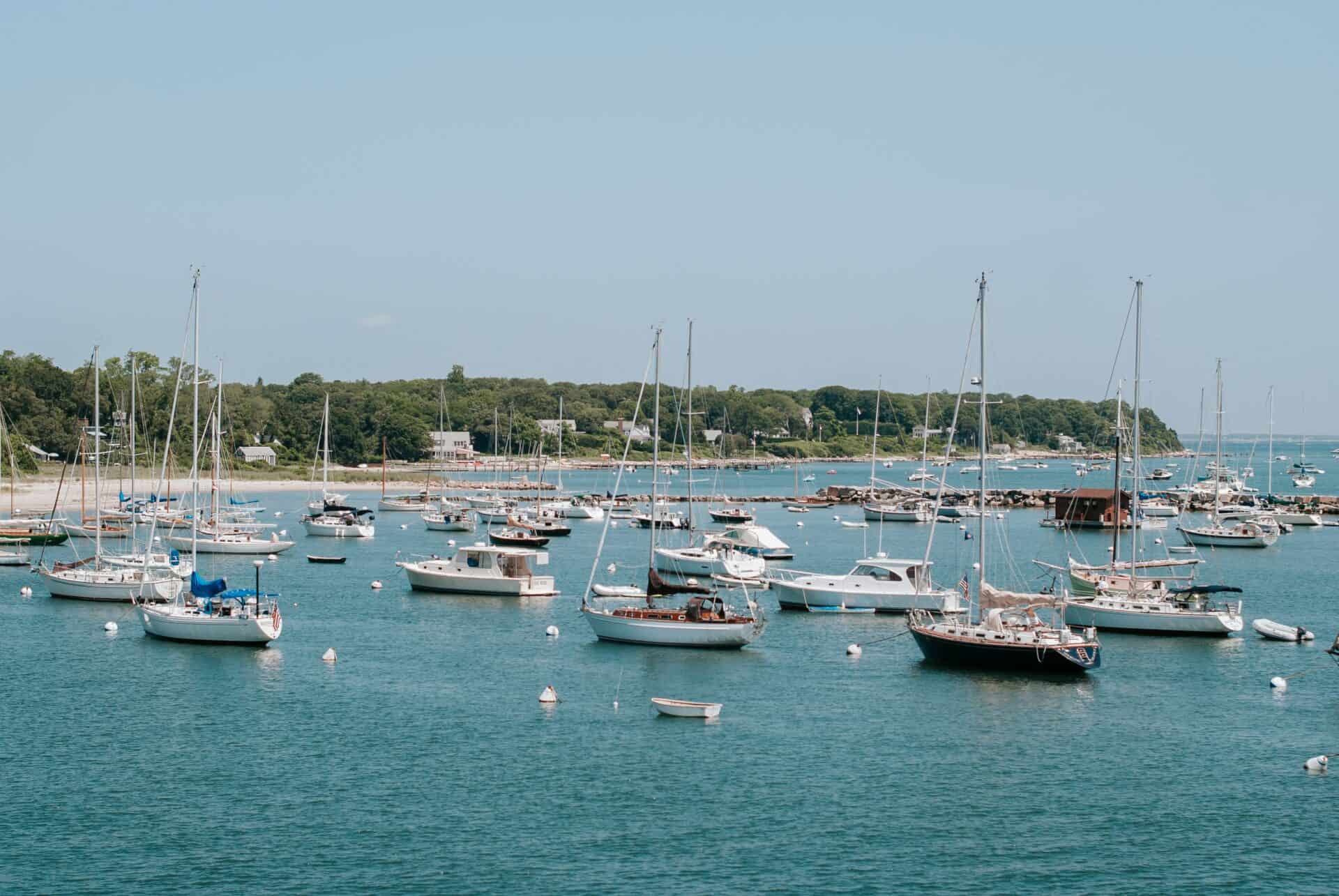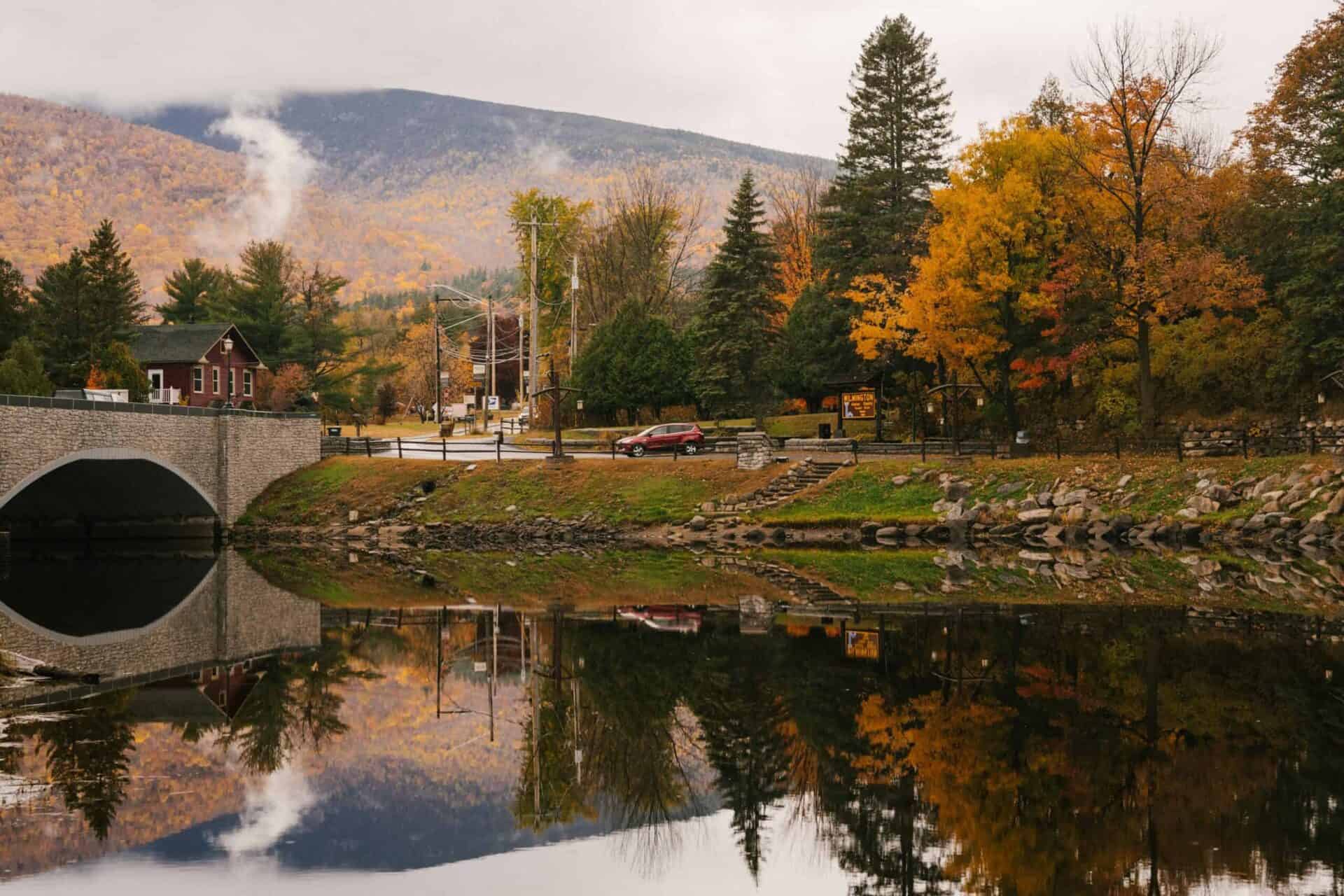
Exploring the Everglades: Your Complete Guide to Preparation, Packing, and Expectations
The Everglades, often called the “River of Grass,” is a unique and captivating ecosystem that offers visitors a chance to experience one of America’s most diverse natural habitats. This guide will help you prepare for your adventure, whether you’re planning a day trip or an extended camping excursion.
Understanding the Everglades
Before diving into preparation, it’s essential to understand what makes the Everglades special:
- The Everglades is the largest subtropical wilderness in the United States.
- It’s home to rare and endangered species like the Florida panther, American crocodile, and manatee.
- The area experiences two main seasons: wet (May to November) and dry (December to April).
When to Visit
The best time to visit the Everglades is during the dry season (December to April) for several reasons:
- Lower temperatures and humidity
- Fewer mosquitoes and bugs
- Better wildlife viewing opportunities as animals congregate around water sources
- More accessible trails and campsites
However, the wet season can offer unique experiences like lush vegetation and spectacular thunderstorms.
Preparing for Your Visit
Research and Planning
- Decide on the length of your stay and activities you want to do.
- Check the National Park Service website for current conditions and alerts.
- Make reservations for campsites or guided tours in advance.
- Familiarize yourself with park rules and regulations.
Physical Preparation
- Build up your stamina with walks or hikes, especially if planning strenuous activities.
- Practice any skills you’ll need, such as canoeing or kayaking.
- Get any necessary vaccinations, particularly if you’re coming from outside the country.
What to Bring
Essential Items for Day Trips
- Plenty of water (at least 1 gallon per person per day)
- Sun protection (sunscreen, hat, sunglasses)
- Insect repellent
- Light, long-sleeved shirts and pants (for sun and bug protection)
- Comfortable, closed-toe shoes
- Binoculars for wildlife viewing
- Camera
- First-aid kit
- Map and compass (don’t rely solely on electronic devices)
- Snacks or packed lunch
Additional Items for Camping
- Tent suitable for the climate (with rainfly)
- Sleeping bag and sleeping pad
- Camping stove and fuel
- Cookware and utensils
- Food storage containers (to protect from wildlife)
- Biodegradable soap and hand sanitizer
- Toilet paper and trowel for catholes
- Multiple changes of clothes
- Rain gear
- Headlamp or flashlight with extra batteries
- Multi-tool or knife
- Dry bags for electronics and important items
- Trash bags (pack out what you pack in)
- Portable water filter or purification tablets
Specialized Equipment
Depending on your planned activities, you might also need:
- Canoe or kayak with paddles and life jackets
- Fishing gear and licenses
- Hiking poles
- Waterproof boots for swamp walks
What to Expect
Wildlife
The Everglades is teeming with wildlife. You’re likely to encounter:
- Alligators and crocodiles
- Various bird species (herons, egrets, roseate spoonbills)
- Turtles and snakes
- Fish (if you’re near water bodies)
- Possibly manatees in coastal areas
Remember to maintain a safe distance from all wildlife and never feed the animals.
Weather and Climate
- Hot and humid conditions, especially in summer
- Sudden thunderstorms, particularly in the wet season
- Cooler temperatures in winter, but still mild compared to many parts of the U.S.
Terrain
- Diverse landscapes including sawgrass marshes, mangrove swamps, and hardwood hammocks
- Many areas are wet or underwater, especially during the wet season
- Some trails can be muddy or slippery
Activities
- Hiking: Trails range from short boardwalks to more challenging backcountry paths.
- Canoeing and Kayaking: Paddle through mangrove tunnels and open waterways.
- Wildlife Viewing: Bring binoculars and a camera for incredible opportunities.
- Fishing: Both freshwater and saltwater fishing are popular.
- Guided Tours: Ranger-led programs offer insights into the ecosystem.
- Camping: Experience the Everglades at night in designated campgrounds or backcountry sites.
Challenges
- Mosquitoes and other biting insects can be intense, especially in the wet season.
- Heat and humidity can be overwhelming; stay hydrated and take breaks.
- Some areas have limited cell phone coverage.
- Navigating through swampy areas can be difficult; stick to marked trails unless you’re experienced.
Safety Tips
- Stay on designated trails and boardwalks.
- Keep a safe distance from wildlife, especially alligators.
- Drink plenty of water to avoid dehydration.
- Use sun protection to prevent sunburn.
- Check yourself for ticks after hiking.
- Be aware of weather forecasts and seek shelter during thunderstorms.
- If camping, store food properly to avoid attracting wildlife.
- Inform someone of your plans if venturing into backcountry areas.
Leave No Trace
The Everglades is a delicate ecosystem. Follow these principles to minimize your impact:
- Plan ahead and prepare to minimize waste.
- Travel and camp on durable surfaces.
- Dispose of waste properly (pack it in, pack it out).
- Leave what you find; don’t take natural or cultural artifacts.
- Minimize campfire impacts (use established fire rings where allowed).
- Respect wildlife and observe from a distance.
- Be considerate of other visitors.
By following this guide, you’ll be well-prepared for an unforgettable adventure in the Everglades. Remember to stay flexible, respect the environment, and immerse yourself in the unique beauty of this remarkable ecosystem. Happy exploring!




